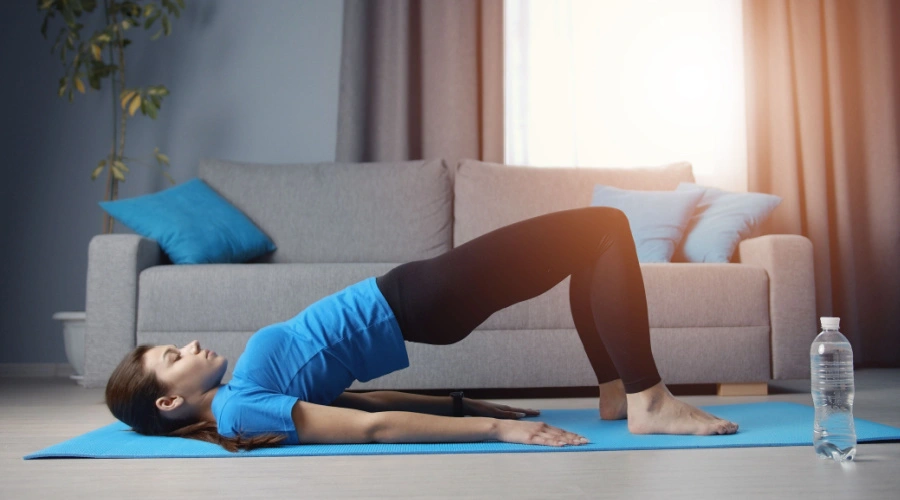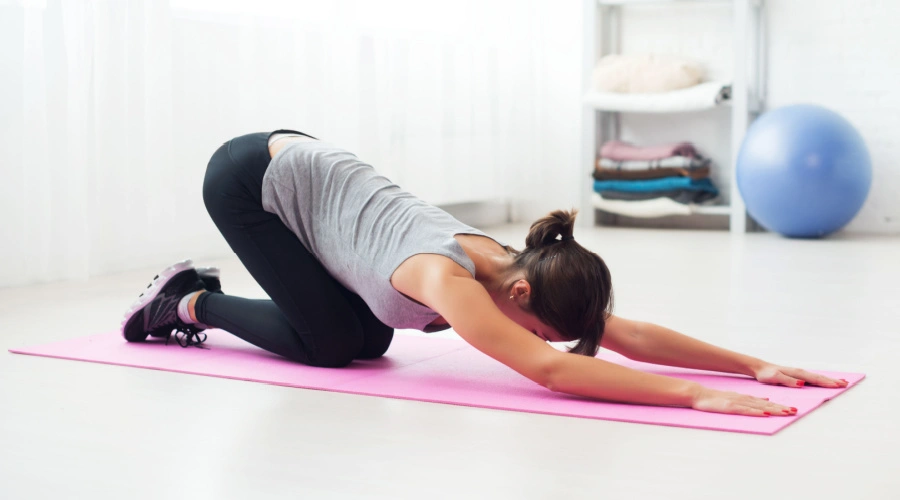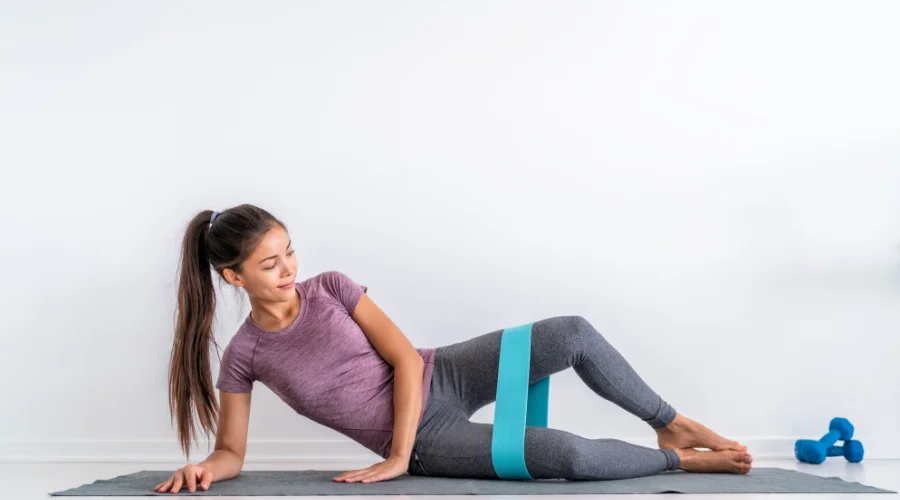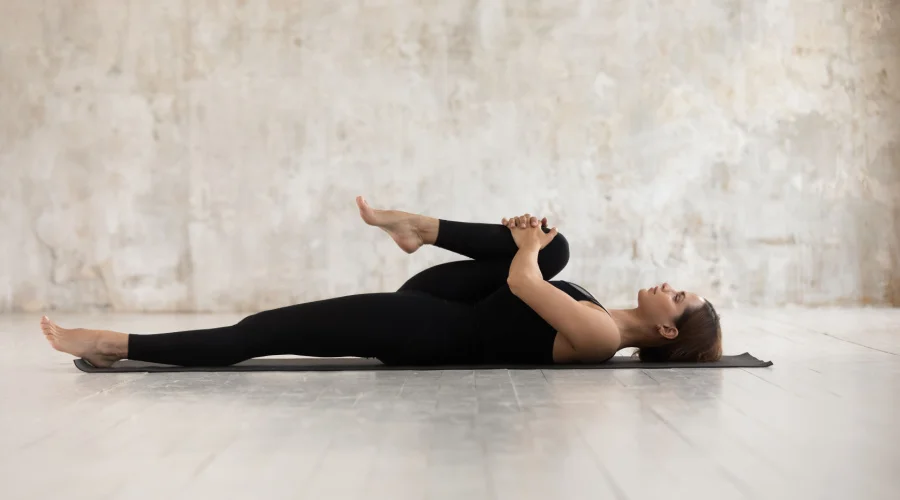Benefits of Pelvic Floor Exercises Postpartum
Pregnancy and childbirth are beautiful experiences filled with emotions that will change your life forever. They also have a significant impact on your body, causing major changes. One of the areas most affected by pregnancy and childbirth is your pelvic floor, which will need plenty of exercises after giving birth. In this article, learn about the benefits of essential pelvic floor exercises postpartum.


What is the Pelvic Floor?
The pelvic floor is the lower part of the pelvis, consisting of muscles, tissues, and ligaments. It houses the following organs:
- Uterus
- Bladder
- Intestines
- Rectum
- Vagina
How Does the Pelvic Floor Get Affected by Pregnancy and Childbirth?
About 20% of new mothers complain of pelvic pressure and pelvic floor issues after childbirth. Approximately 35% of women experience urinary incontinence, fecal incontinence, and excessive flatulence after giving birth. Something as simple as sneezing becomes an added effort for the new mother, who tries to avoid embarrassment. Additionally, some women suffer from uterine prolapse, hemorrhoids after childbirth, and other changes in the organs located on the pelvic floor. This may also include experiencing pain during intercourse post-childbirth, among other sexual health issues.
Causes for Pelvic Floor Issues After Childbirth
- Weakening of ligaments due to hormonal changes during pregnancy.
- Frequent urination during pregnancy.
- Constipation during pregnancy due to hormonal changes, dietary changes, and the increasing size of the pregnant belly.
- Abdominal pressure on the pelvic floor due to weight gain and the growing abdomen.
- Tissue and muscle weakening in the pelvic floor during pregnancy.
- Impact on the pelvic floor tissues and muscles due to episiotomy in a vaginal birth.
- In some rare cases, pregnancy and childbirth can cause nerve damage in the pelvic floor.
Best Pelvic Floor Exercises Postpartum
You can restore and strengthen your pelvic floor health after childbirth through several exercises, with Kegel exercises being the most notable. You'll find details about them in this article.
Other Exercises to Strengthen the Pelvic Floor
Quick Kegels
Lie on the ground with your knees bent and feet flat on the floor. Then, tighten your abdominal muscles as if pulling your navel toward your spine while taking deep breaths. Quickly repeat this movement several times, rest for half a minute, and repeat the exercise ten times every day.

Puppy Pose
This is one of the most popular yoga positions, offering stretching and relaxation. It also helps strengthen the pelvic floor after childbirth. Place your hands and knees on an exercise mat, ensuring your back is straight, your hips are above your knees, and your shoulders are above your wrists. Extend your arms forward and place your forehead on the ground for 30 seconds. Repeat the exercise several times.

Clamshell Exercise
This fantastic exercise strengthens the pelvic floor after childbirth and tones the thigh muscles. Lie on your side on an exercise mat with your legs bent so that your feet form a 45-degree angle, as shown in the image. Engage your core and abdominal muscles as you open and close your legs. You can use a resistance band for added impact.

Diaphragmatic breathing
Lie on your back, placing one hand on your abdomen and the other on your chest. Breathe in through your nose, counting to five. Fill your ribs with air and then slowly exhale through your lips. Repeat this exercise several times as it strengthens the diaphragm muscle and helps the pelvic floor muscles, providing relaxation and comfort.

Stretching
Remember to underestimate the power and effectiveness of stretching exercises for all your body muscles. Although they help with relaxation, they are essential for strengthening various body muscles, including those in the pelvic area. Lie on your back and pull your knee towards your chest, as shown in the image. Hold it for ten seconds, then repeat the exercise with the other knee. Perform this exercise several times throughout the day.

By incorporating these exercises into your daily routine, you can work on regaining the strength and flexibility of your pelvic floor muscles after childbirth.
Also, read Post c-section dos and don’ts






